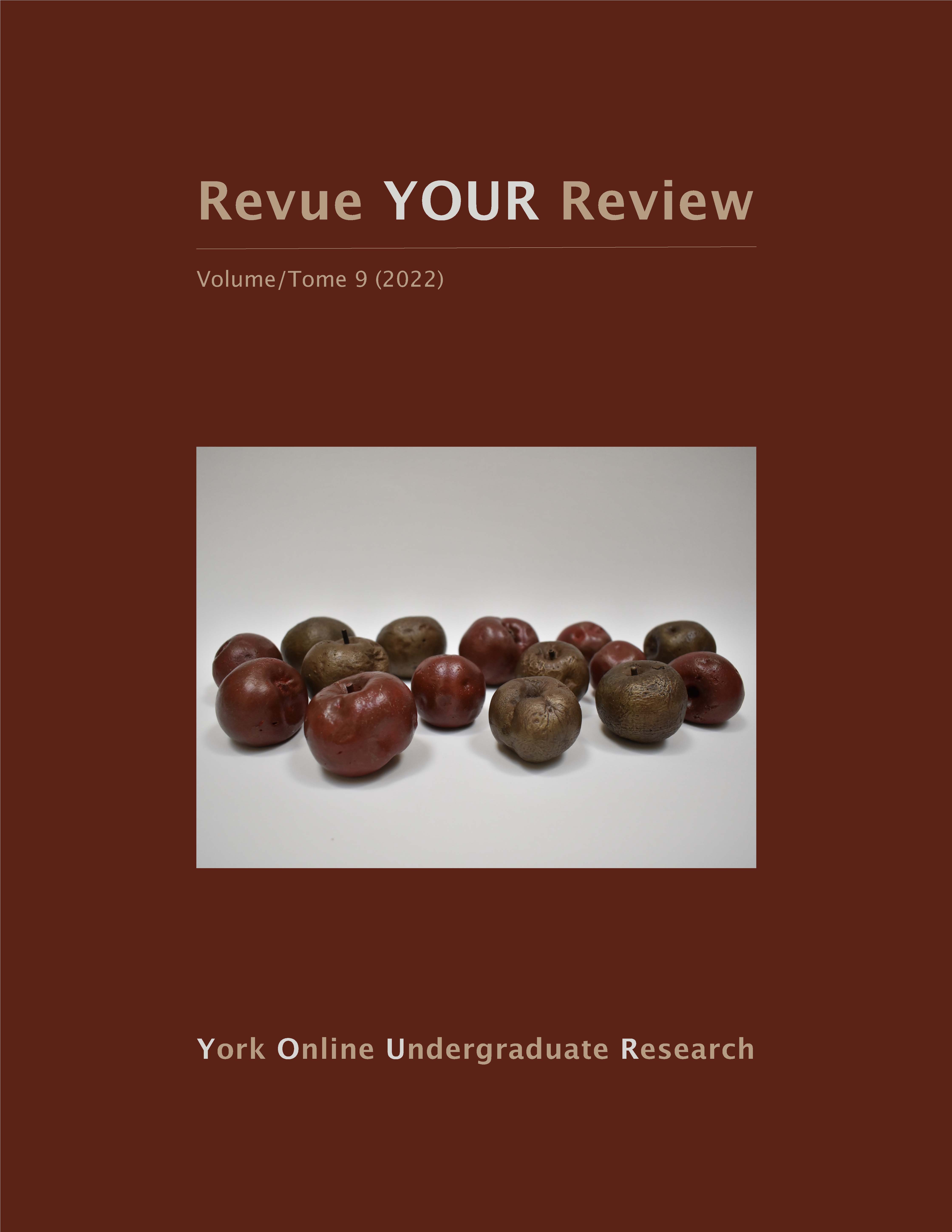Why Do We Get the Urge to Squish Cute Things?
Abstract
People often express superficially aggressive behaviour such as squeezing, biting and crushing in response to cute things, a desire known as cute aggression. Since the origin of this term in 2013, there have only been a few academic papers on this topic. This scoping review gathers all the available literature to demonstrate what is known so far and the areas for further research. The topics explored include why we find things to be cute, the effect of cuteness on the brain, and how it overwhelms some to result in cute aggression. The literature suggests that when we see something with “baby-like” characteristics, such as big, wide-set eyes, chubby cheeks, and thick arms and legs—characteristics formally called “baby schema”—our minds interpret it as adorable. This releases a strong, positive emotional response by activating the brain’s reward system, which then motivates us to protect it. Those who experience cute aggression have an overwhelming amount of reward and emotion related brain activity in response to cute things. The findings suggest that cute aggression serves to prevent becoming overwhelmed with these strong, positive emotions by balancing them with negative expressions. Overall, cute aggression is deemed to dilute these strong emotions to aid in being a good caretaker. This topic holds clinical potential by studying how this phenomenon translates to those with disorders relating to reward and emotion. However, since this is a new area of research, it can benefit from large-scale direct replication studies before moving forward to its clinical applications.
Downloads
Published
How to Cite
Issue
Section
License

This work is licensed under a Creative Commons Attribution-NoDerivatives 4.0 International License.
Authors contributing to Revue YOUR Review agree to release their articles under one of three Creative Commons licenses: Creative Commons Attribution 4.0 International; Creative Commons Attribution-NonCommercial 4.0 International; or Creative Commons Attribution-NoDerivatives 4.0 International. All editorial content, posters, and abstracts on this site are licensed under Creative Commons Attribution-NoDerivatives 4.0 International. For further information about each license, see:
https://creativecommons.org/licenses/
In all cases, authors retain copyright of their work and grant the e-journal right of first publication. Authors are able to enter into other contractual arrangements for the non-exclusive distribution of the e-journal's published version of the article (e.g., post it to an institutional repository or publish it in a book or in another journal), with an acknowledgement of its initial publication in this e-journal.


